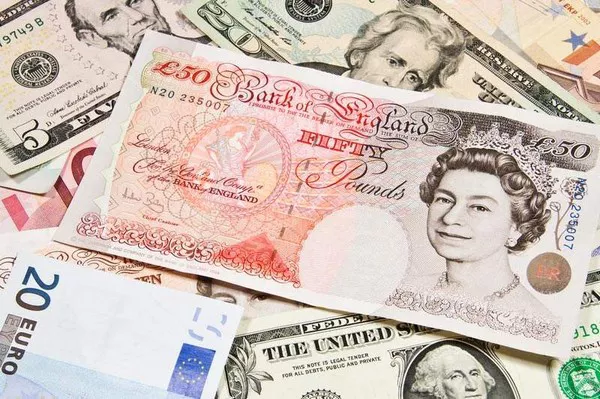The Bank of England is the central bank of the United Kingdom and is responsible for the country’s monetary policy. It is often asked where it gets its money from.
The Bank of England creates money through a process called quantitative easing (QE). In QE, the Bank of England buys government bonds and other financial assets from banks and other financial institutions. These banks then receive newly created money from the Bank of England in exchange for their assets.
The Bank of England can also make a profit from its operations. For example, it charges fees for its banking services and earns interest on the government bonds it holds.
Additionally, the Bank of England generates income from the issuance of banknotes. It costs the Bank of England around 4 pence to produce a £5 note and 10 pence to produce a £50 note. However, it can sell these notes to commercial banks for their face value, which means that it makes a profit on each note it issues.
In conclusion, the Bank of England creates money through quantitative easing, earns income from its banking services and government bond holdings, and generates profits from the issuance of banknotes.


